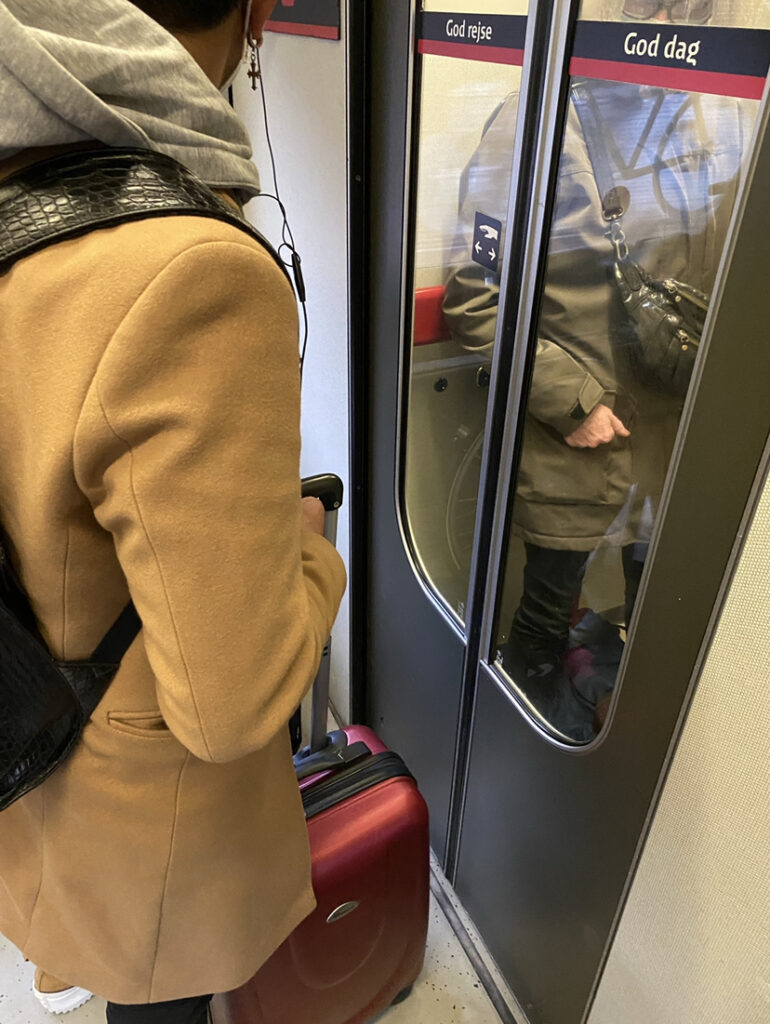
I just finished “Subtract,” a fascinating book by Leidy Klotz about what humans do when given the chance to improve a situation. He writes that our first impulse is almost always to add something — to take what’s already there and add more to it in order to improve whatever it is. But he suggests that we often forget about another option: Removing elements to better the situation. If we can get to a point where we start thinking about both options, “add and subtract,” Klotz writes, we might discover opportunities that would otherwise be ignored.
Just after finishing the book, I spent a few days in Denmark, and over and over, saw examples of Klotz’s concept in action.
In hotel showers in the U.S., I often get frustrated when water leaks out onto the bathroom floor. But at our hotel in Copenhagen, the hotel had thought of an ingenious solution: Instead of adding some sort of barrier to keep the water in, they’d built the shower floor on a slight angle, to keep the water flowing more easily back towards the drain. In all the showers I took there, the water never leaked out onto the floor.
Or take their beautiful subway system, built in the early 2000s. In New York, lines often form at the entry point to the subway as travelers swipe their cards to enter the station. In Copenhagen, they’d removed those barriers entirely — and replaced them with a handful of check-in points, spread out all across the station, where people could tap their subway card before getting on the train. Even when the stations were busy, I never saw the same chokepoints that I do here in the U.S., since there was no one spot where lines could form.
Once I started noticing the ways the Danes had thought “add and subtract,” I couldn’t stop seeing them around town. Every subway station had added an underground room where someone could park their bicycle, which meant that they didn’t have to carve out space on street level for bike parking. At restaurants, people always paid at the exit, which meant that servers didn’t have to waste time running credit cards back and forth to the table, and could instead of focus on getting food and drink to customers.
Or how about this: On regional trains in other parts of the world, trying to find an elegant solution to allow passengers to move between train cars, an engineer might add a sensor that automatically opens the door whenever someone gets close to the door. But there’s a weakness of that approach: Often, someone’s standing close to the door not because they want to move to another car, but because the train is full, and lots of people are forced to stand. In that case, the door might constantly be opening and and closing — which is both annoying for passengers and lets in cold air during the winter.
But in Denmark, engineers found a simple solution. They kept that sensor, which is just above the door — but it only opens the door when someone waves their hand horizontally just in front of the door. It’s an unusual motion that someone would only do on purpose, which meant that on the crowded trains we rode on, the doors only opened when someone actually wanted to move to the next car.
I loved seeing the way the Danes had clearly considered all sorts of options — ways to add elements, like bicycle parking, when necessary, and ways to remove elements, like unnecessary bathroom features, when it made more sense. They’d thought “add and subtract” — and built amazingly functional spaces as a result.
———
That’s a photo of the doors on the regional train. Two people are standing right next to it, but because no one’s waving their hands horizontally underneath the sensor, the door remains closed.
